Getting There: From the Sheraton Santiago, take Line 1 from Pedro de Valdivia to Tobalaba, then take Line 4 to Las Mercedes. From there, hail a taxi to get you to the wineries. 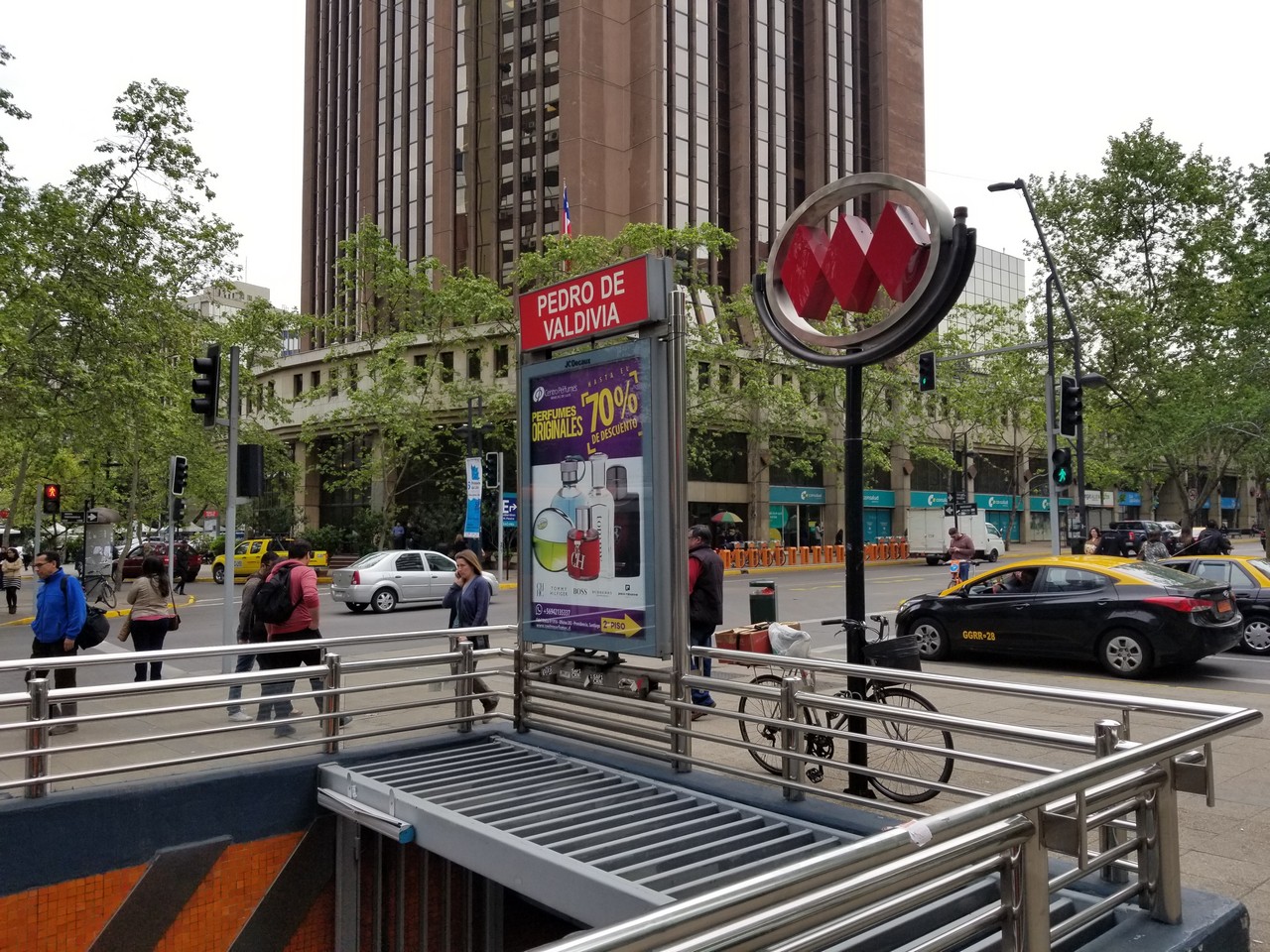

I came to Chile for the wine. Specifically, I came for Carmenere, one of my favorite reds, the other two being Cabernet and Malbec. I did not know the story of Carmenere before coming here. Here is the abbreviated version: Years ago in France, there was a plague that affected Carmenere vines. To save the varietal, the French sent Carmenere to various parts of the world one of them being Chile. For years, Chilean vineyards believed that they were growing Merlot. It wasn’t until 1994 that it was discovered that the grape was Carmenere. Today, Chile is the chief producer of Carmenere wine.
Maipo
Maipo is a wine producing region outside of Santiago that can be accessed by the metro. It’s great that you can be in the city center at one moment and then an hour and a half later be in an isolated vineyard. Maipo is famous for its cabernet and its blends.
Vineyard 1: Concha & Toro
Wine tours always begin by visiting a mass producer. I started the wine tour at Concha & Toro, a brand that may sound familiar since they produce the Casillero de Diablos (a famous but not great wine brand). Instead of going on a wine tour, I went to the restaurant for a light lunch and wine tasting. The other brands were far superior to Casillero. For 10,000 pesos ($15.88), I tried four varietals: the syrah, cabernet, merlot, and carmenere. All of them were good, especially the carmenere and cabernet.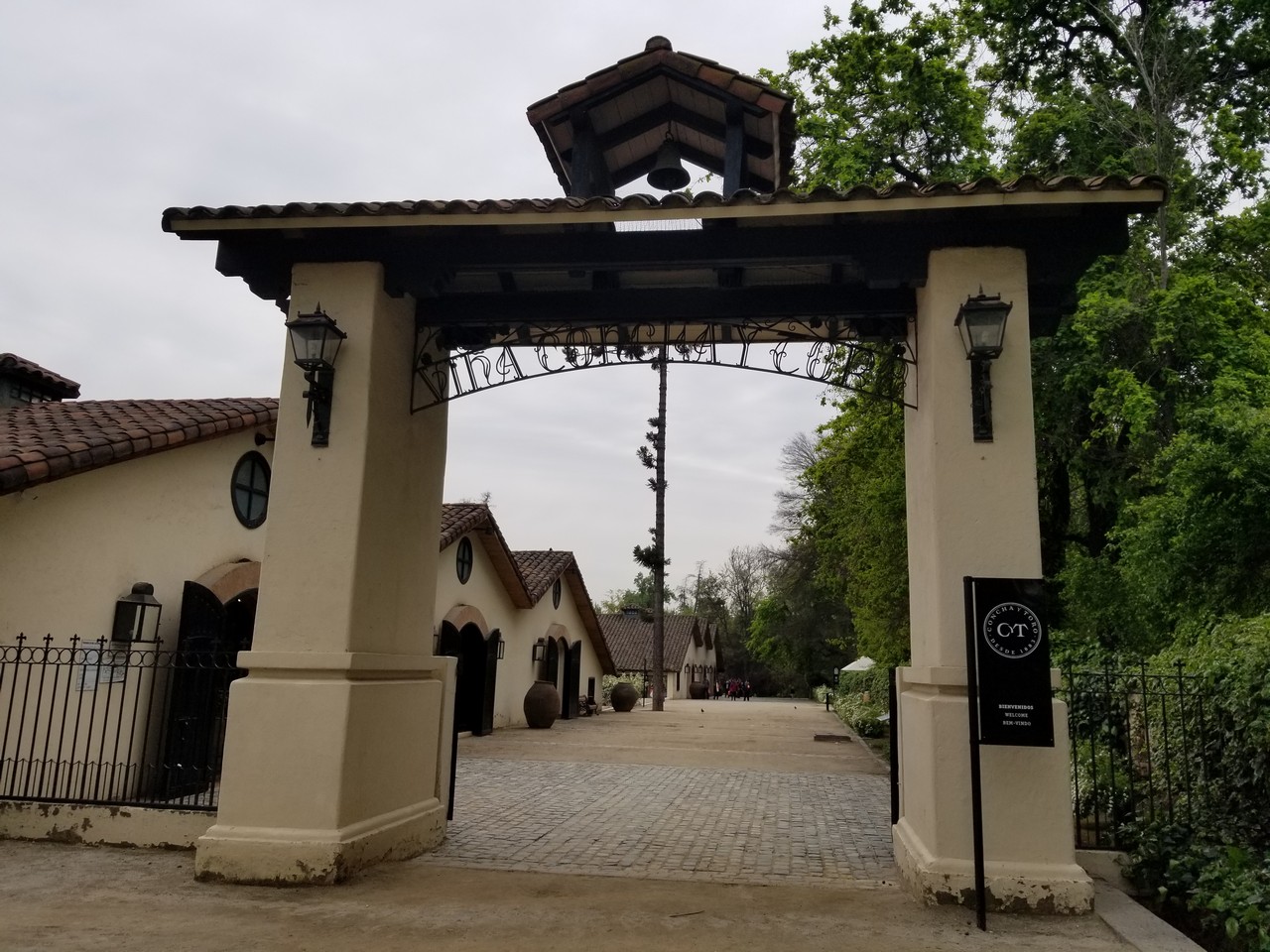
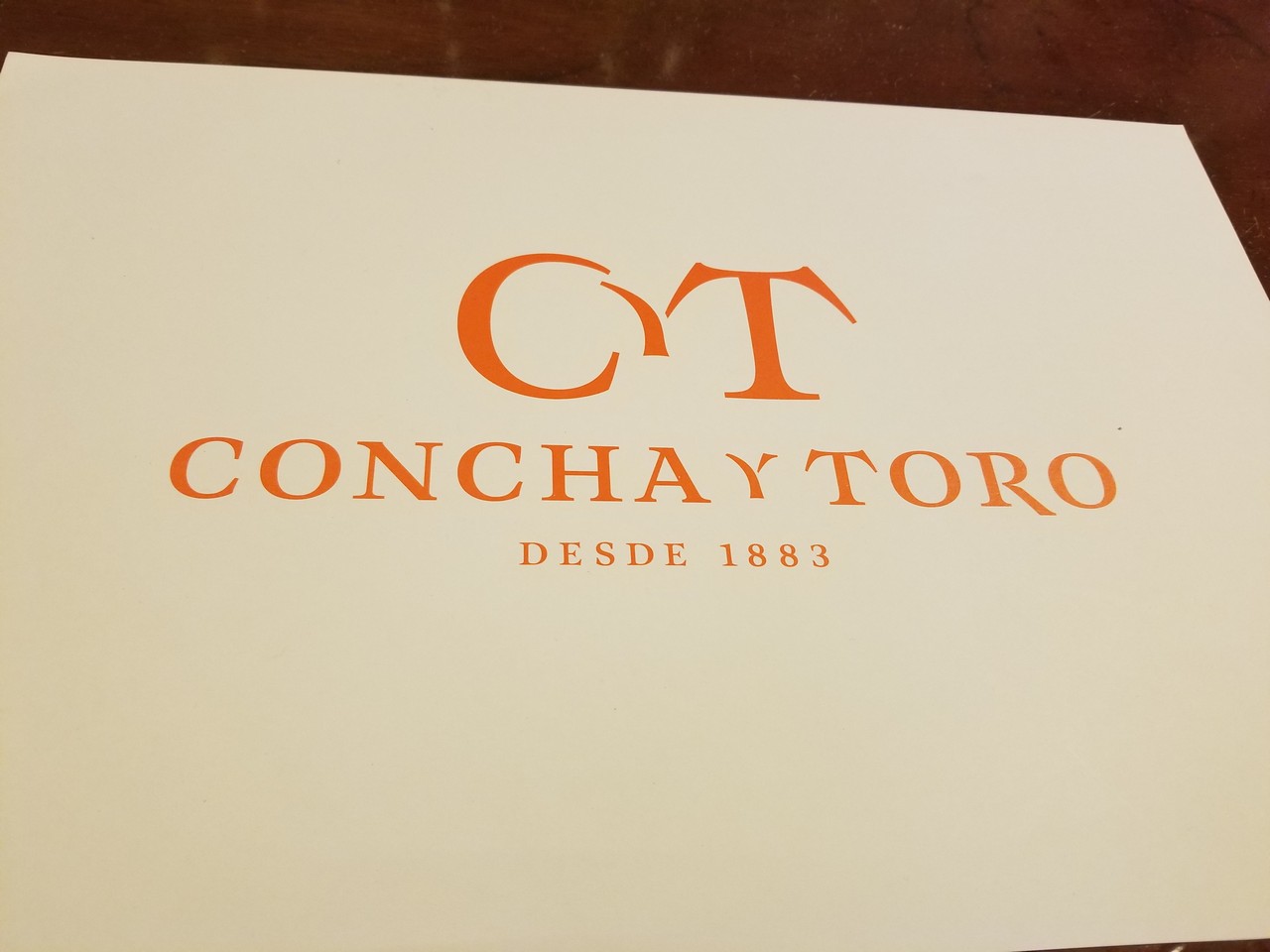
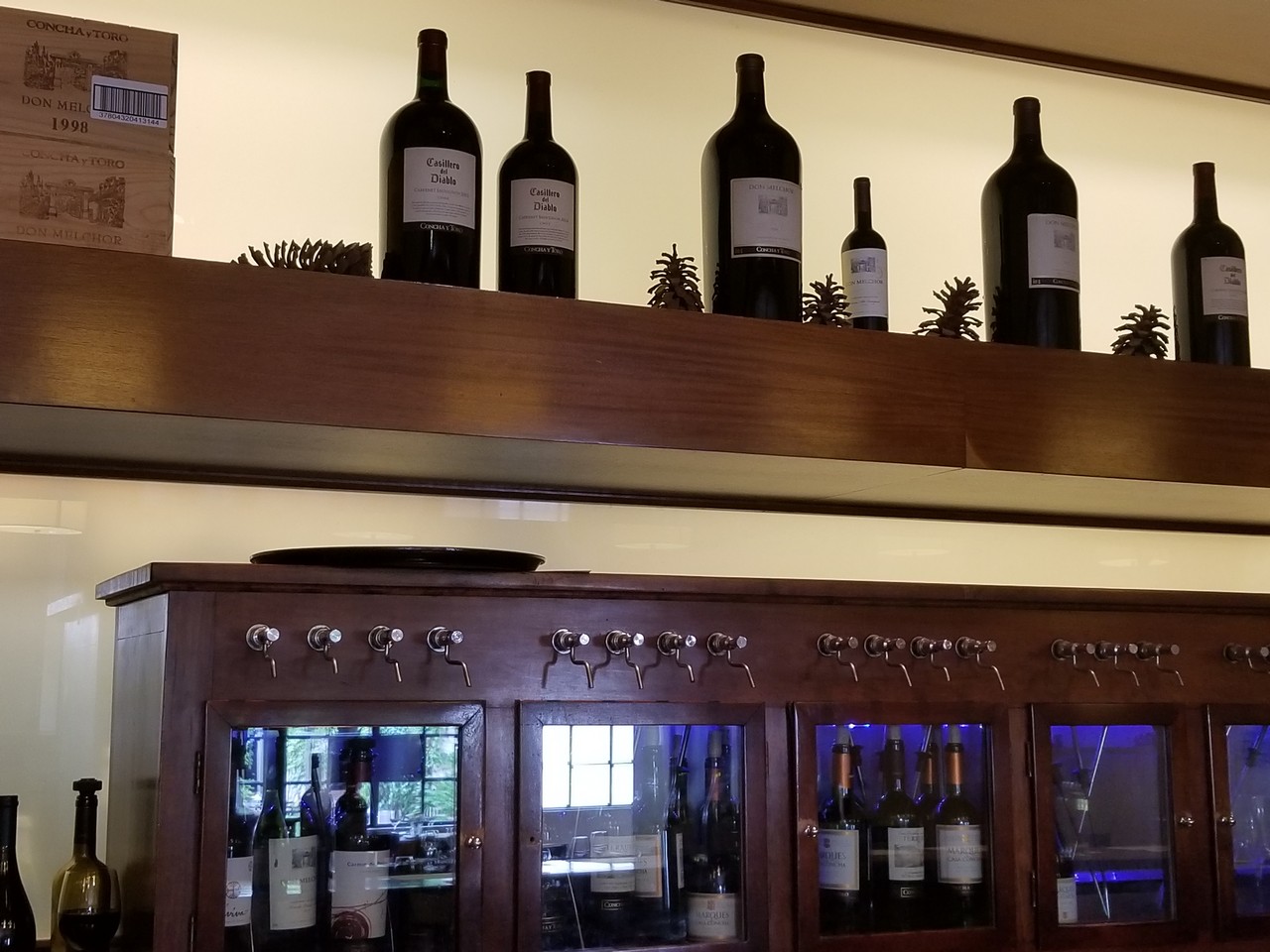
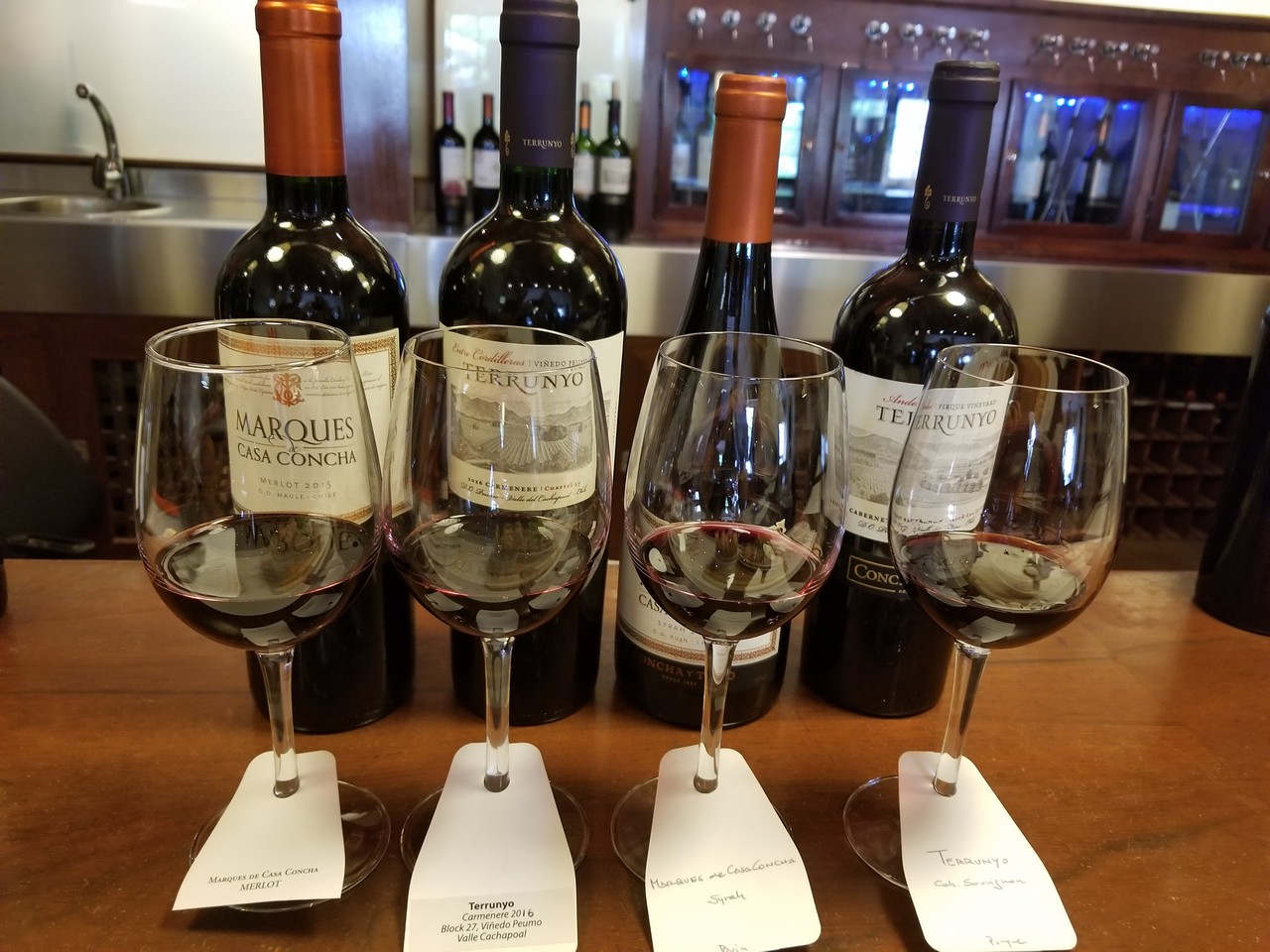
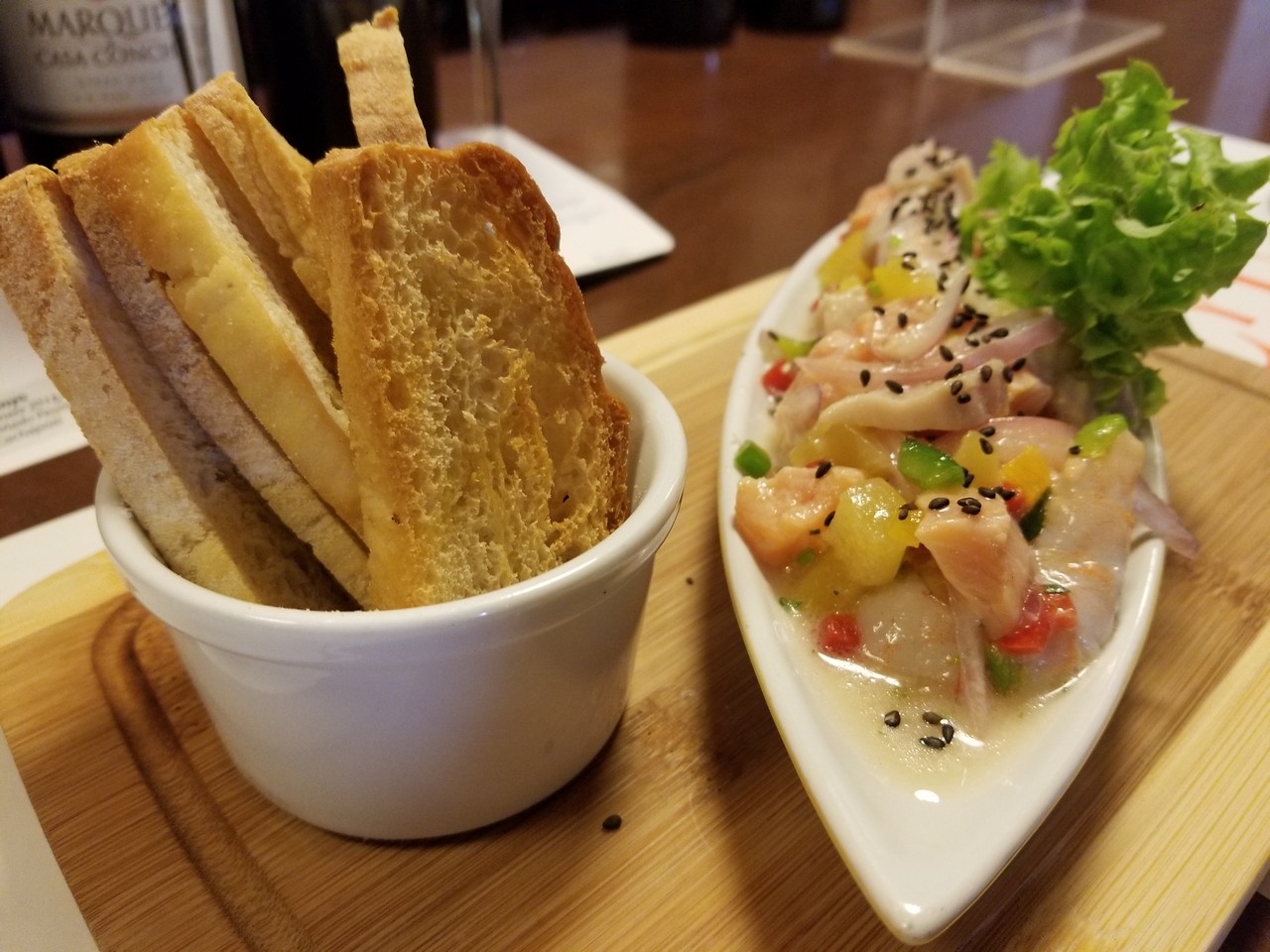
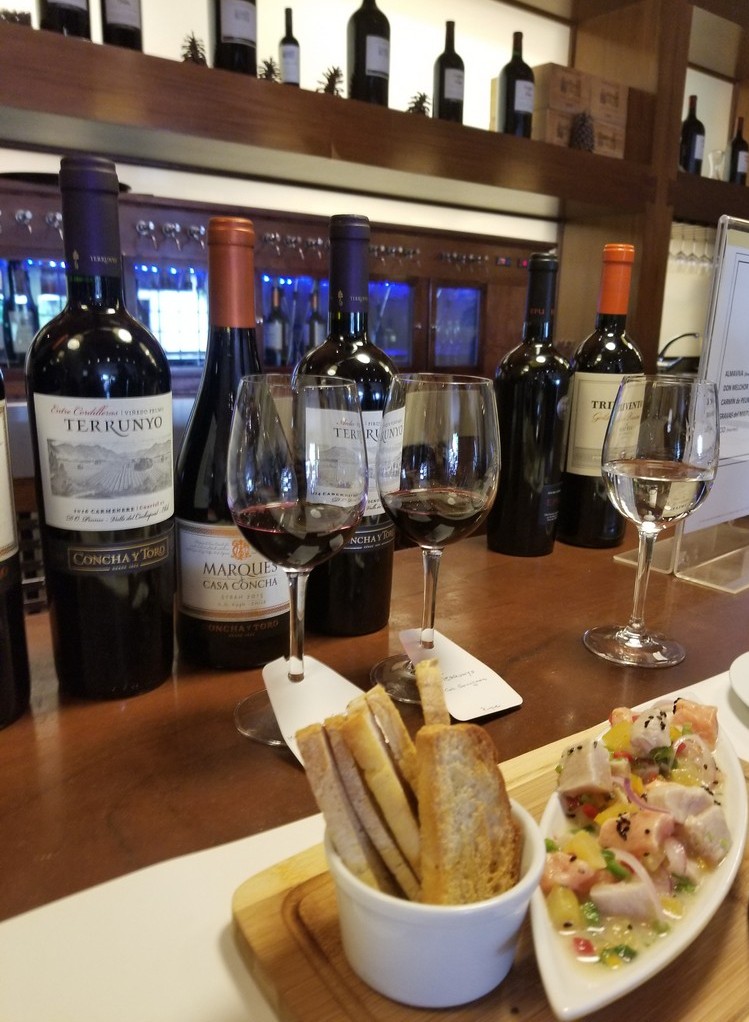
For 10,000 pesos and 12,000 pesos respectively, a glass of the high end carmenere and a blend of carmenere, cab sauv, and cab franc, were available. The blend goes for $200 a bottle, so I had to give it a try. I preferred the pure carmenere.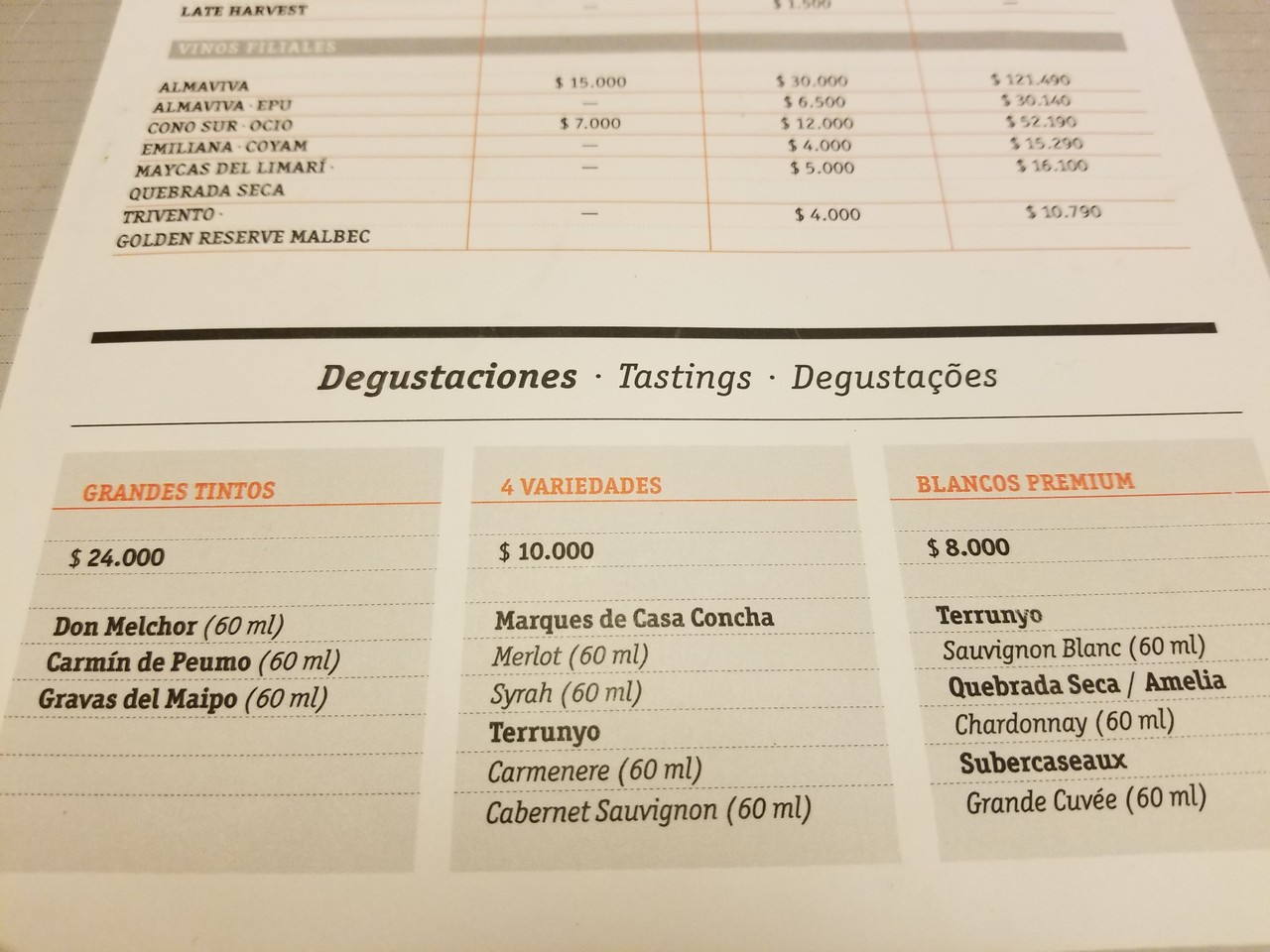
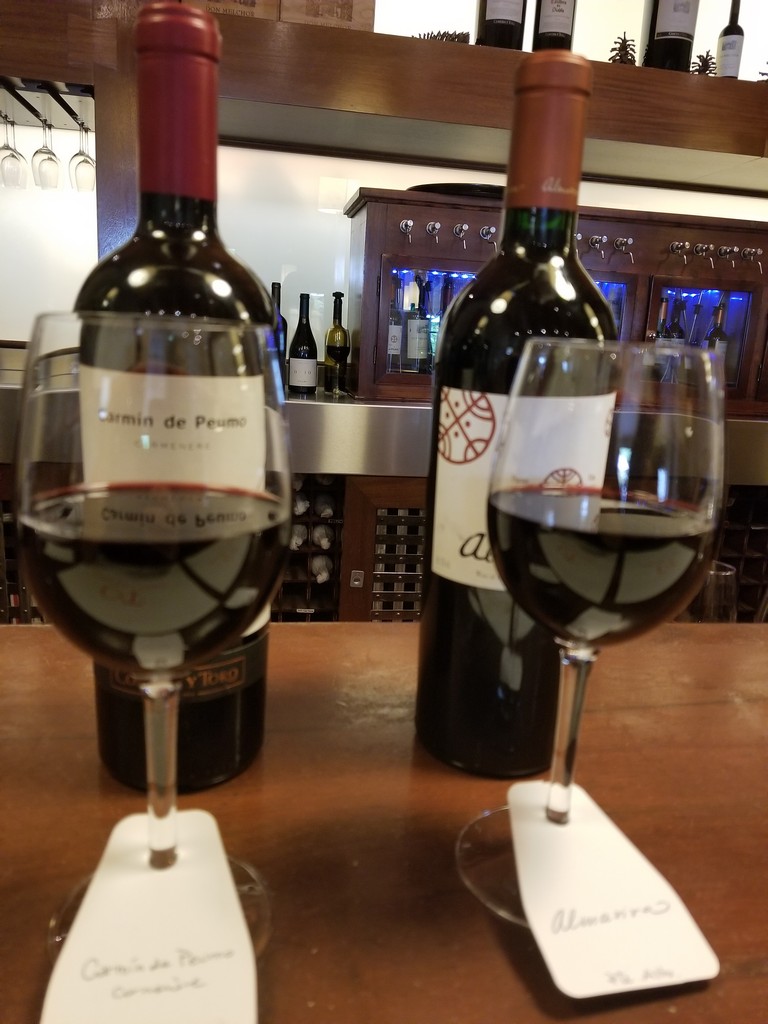
Looking for a more intimate winery, I left Concha and headed to Viña Haras de Pirque
Vineyard 2: Viña Haras de Pirque
Every region has a winery that is special. In Napa, it was Chimney Rock. In Mt. Etna, it was Gambino Winery. In Franschhoek (outside of Cape Town), it was Anthonij Rupert Wines. In Mendoza, it was Carmelo Patti (still #1 of all time). In Maipo, it was Viña Haras de Pirque. The vineyard is shaped like a horseshoe but produces more talent than the one in Columbus (see Ohio State vs Michigan). The land used to be grazing grounds for horses. One of the race horses became a champion which inspired the owner to construct the winery in this design.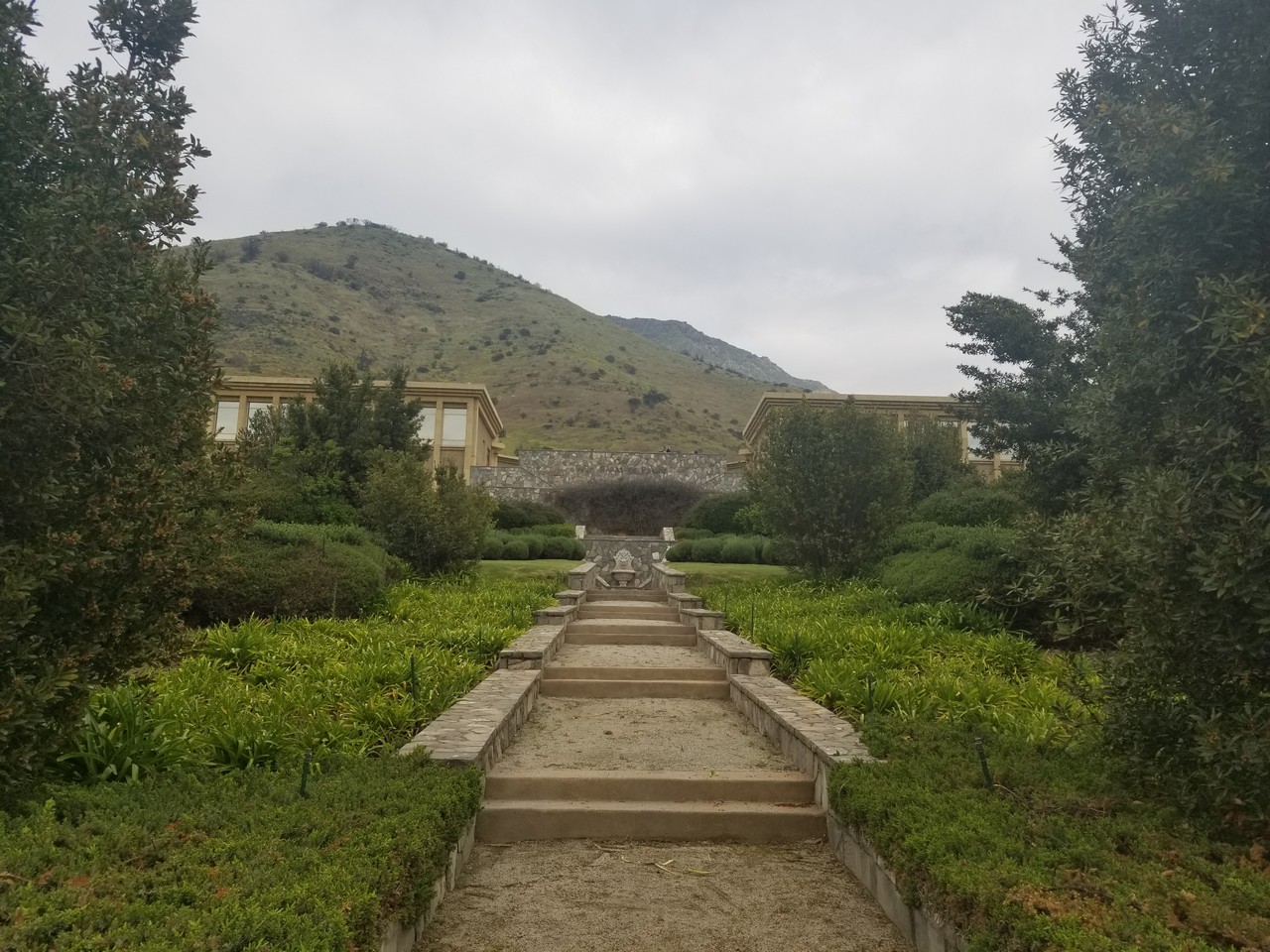
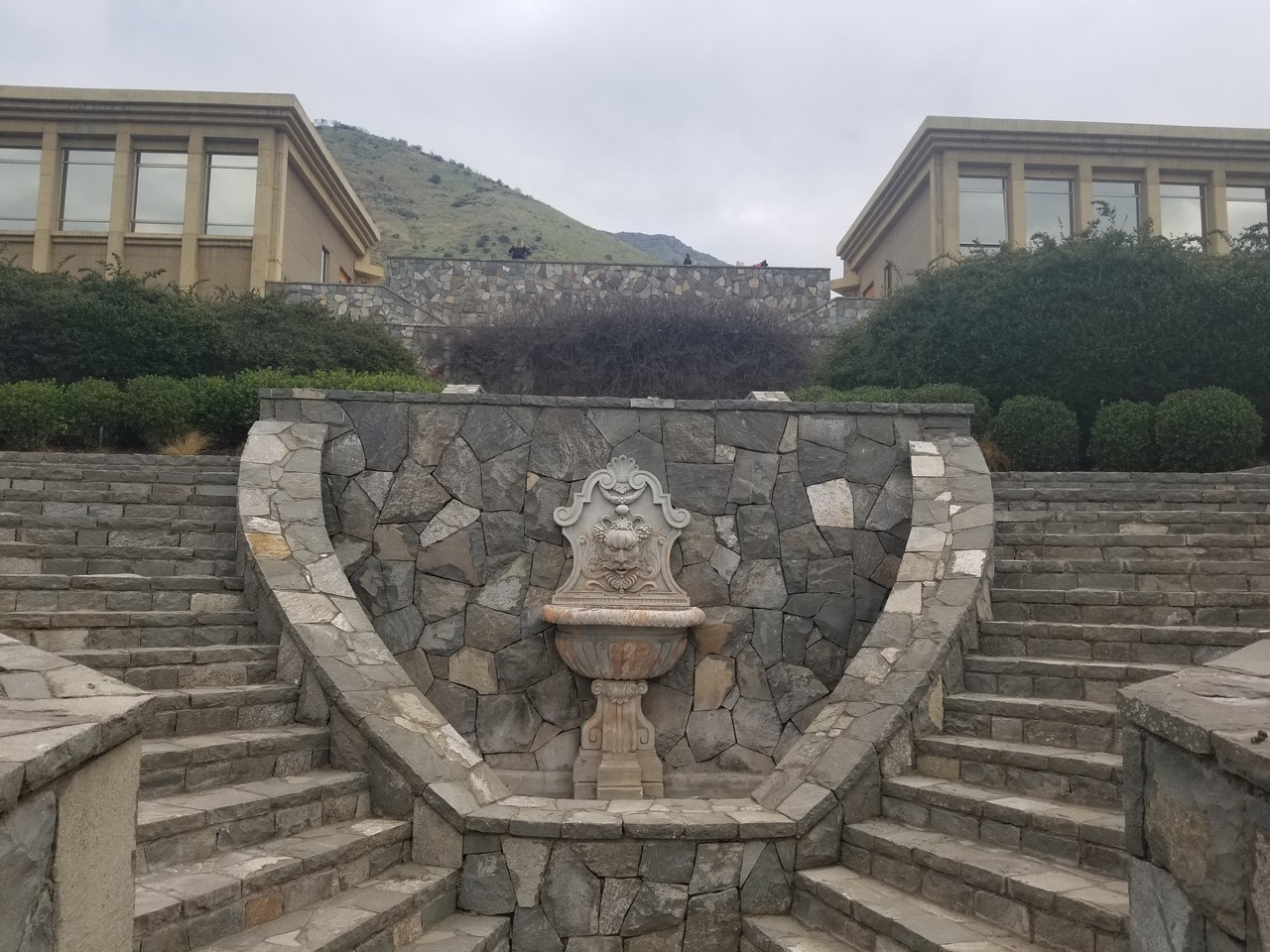
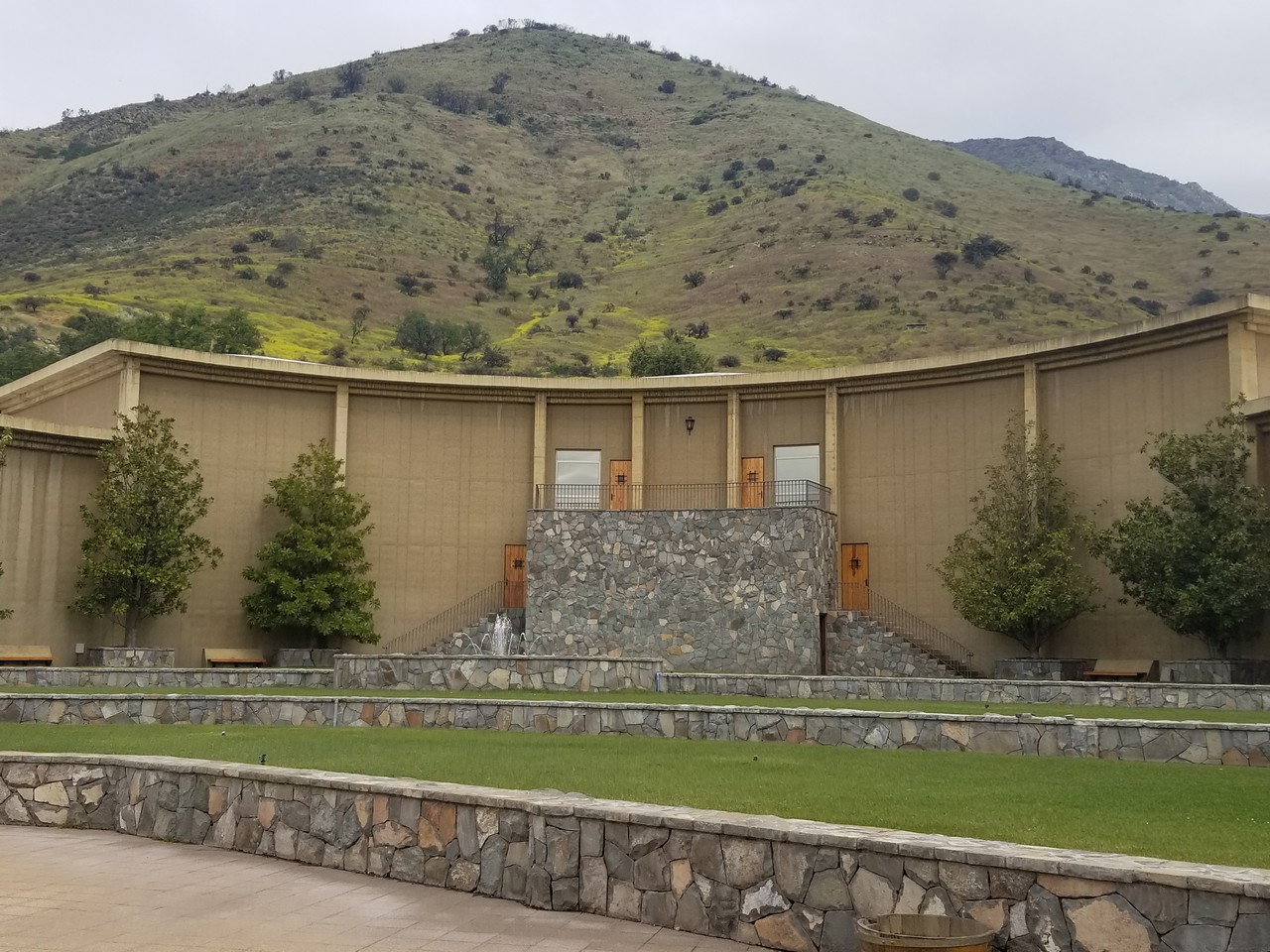
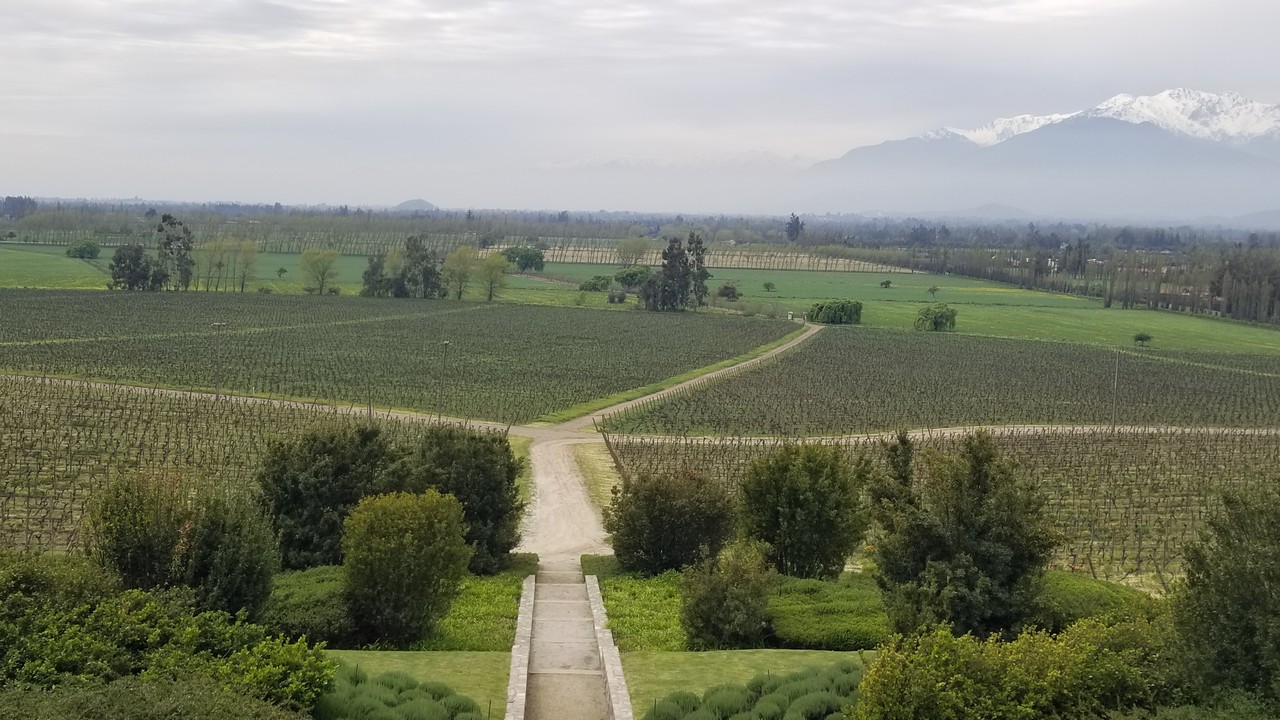
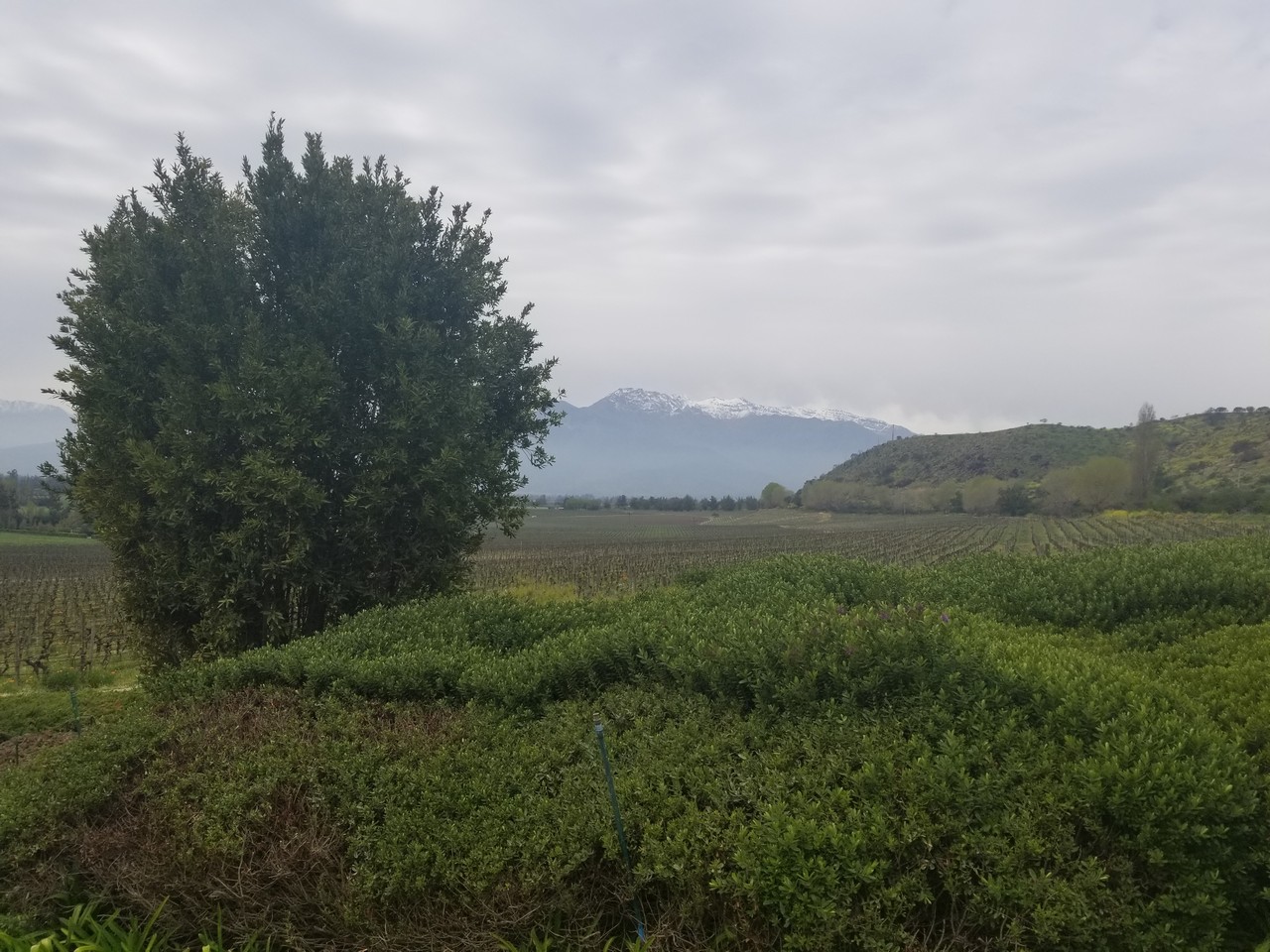
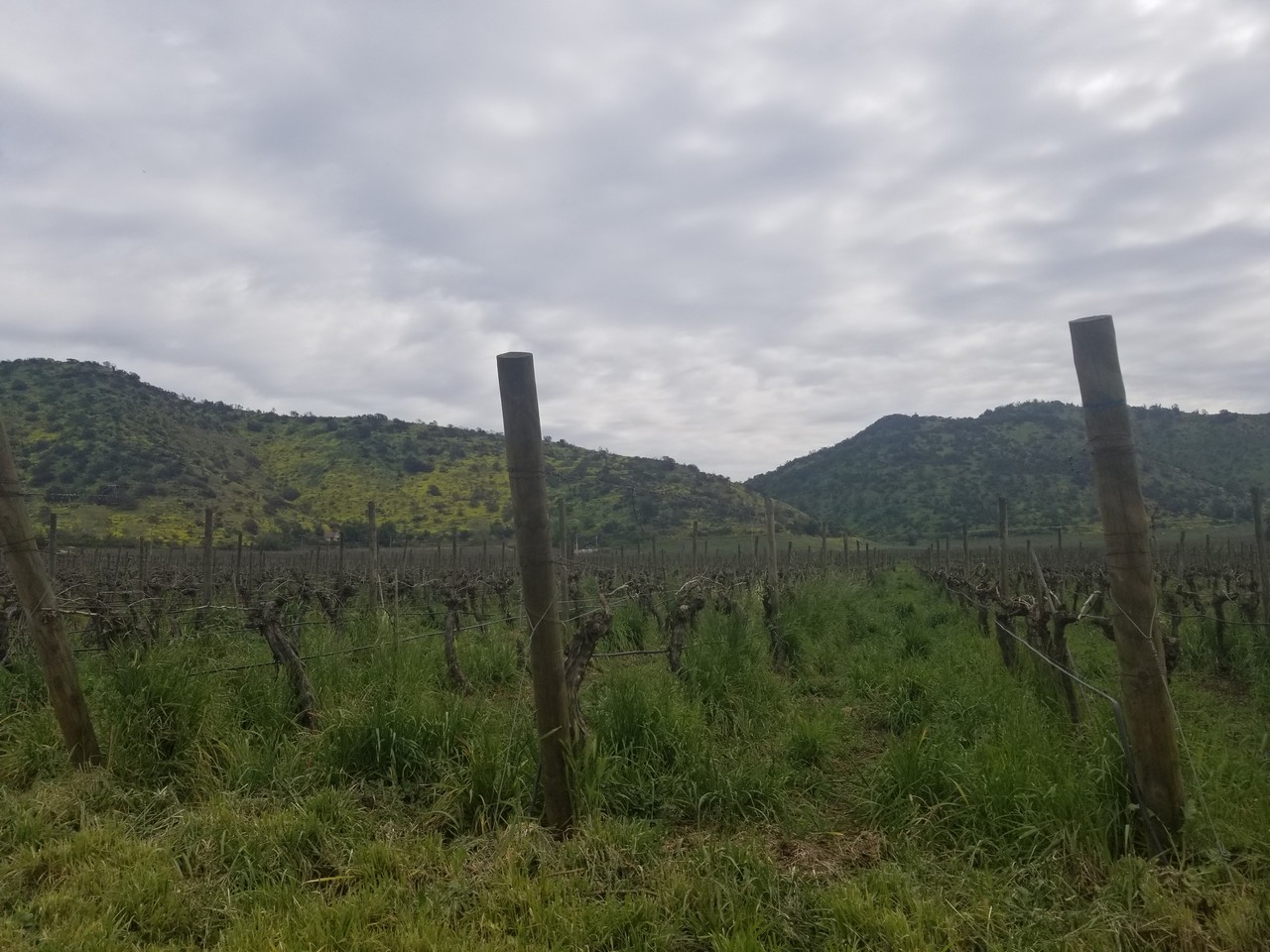
Instead of going straight for the wine, we went on a tour. While on the tour, we were joined by some locals wearing business suits. We learned that these were the original owners who had just sold the winery to an Italian wine producer.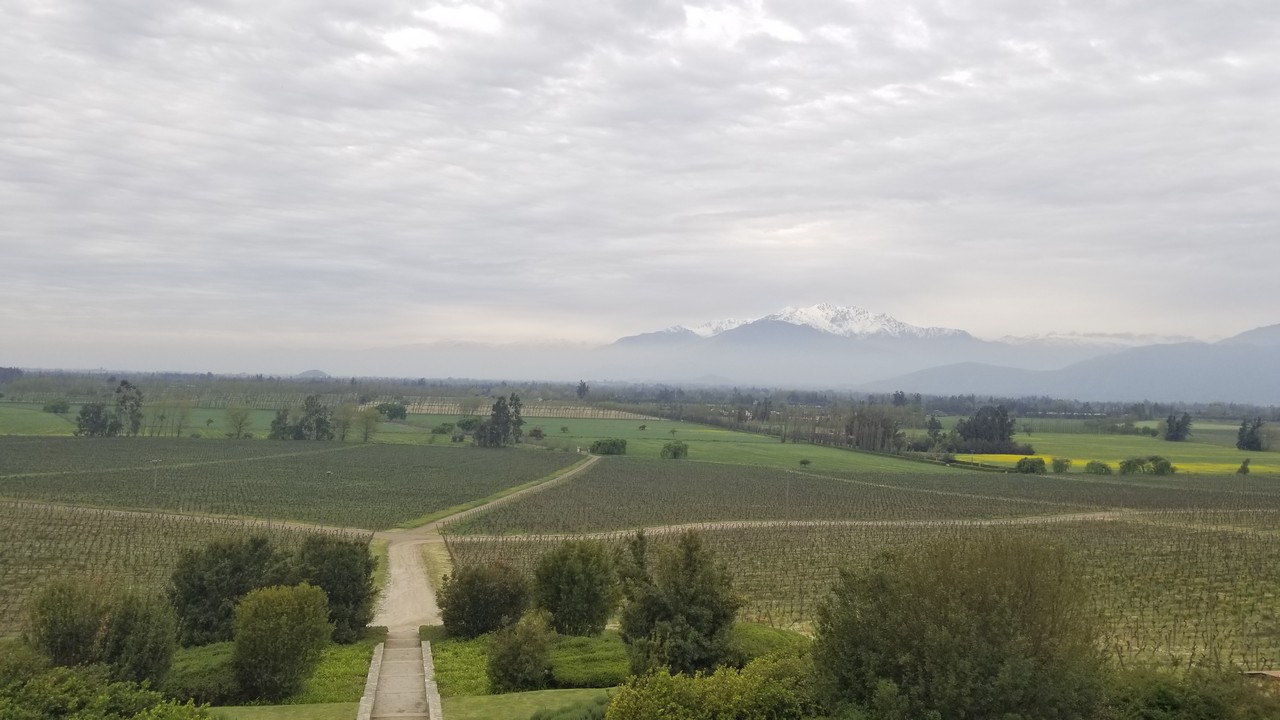
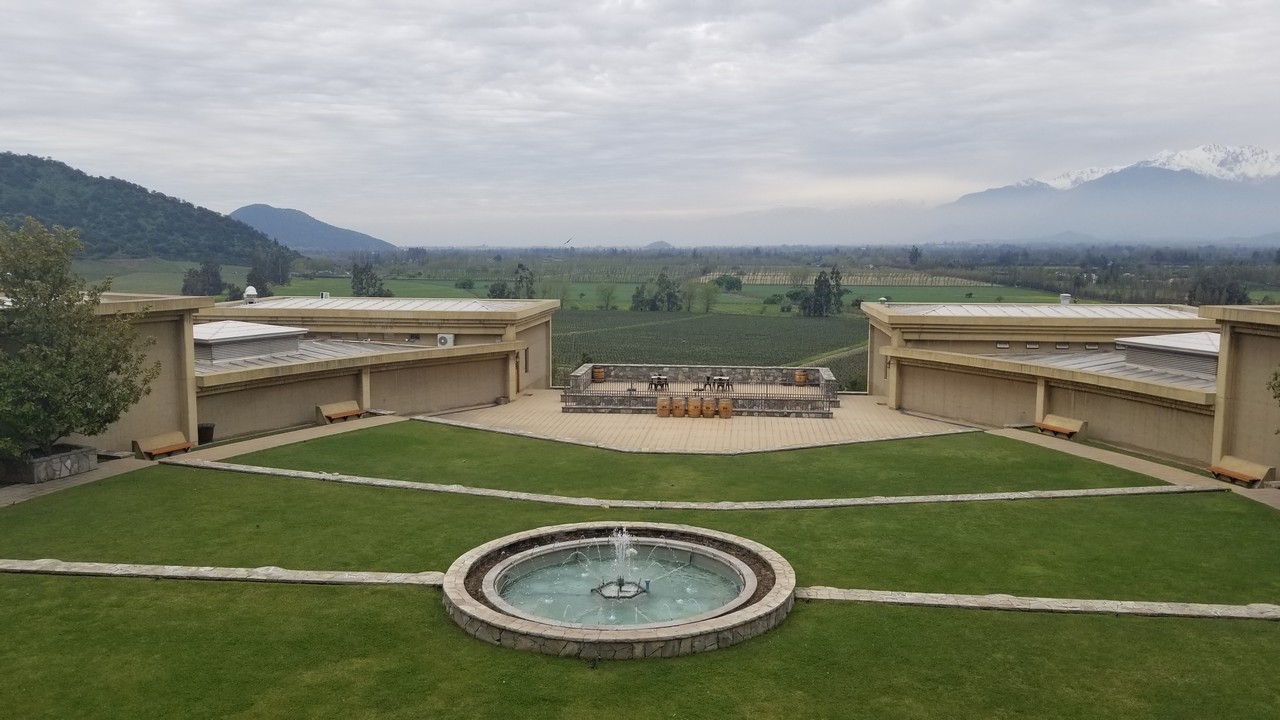
The tour ends where all tours should begin with the wine tasting. This time we sampled three varietals: sauvignon blanc, a blend of cab sauv, carmenere, and cab franc, and the cabernet. As before, I preferred the pure cab to the blend.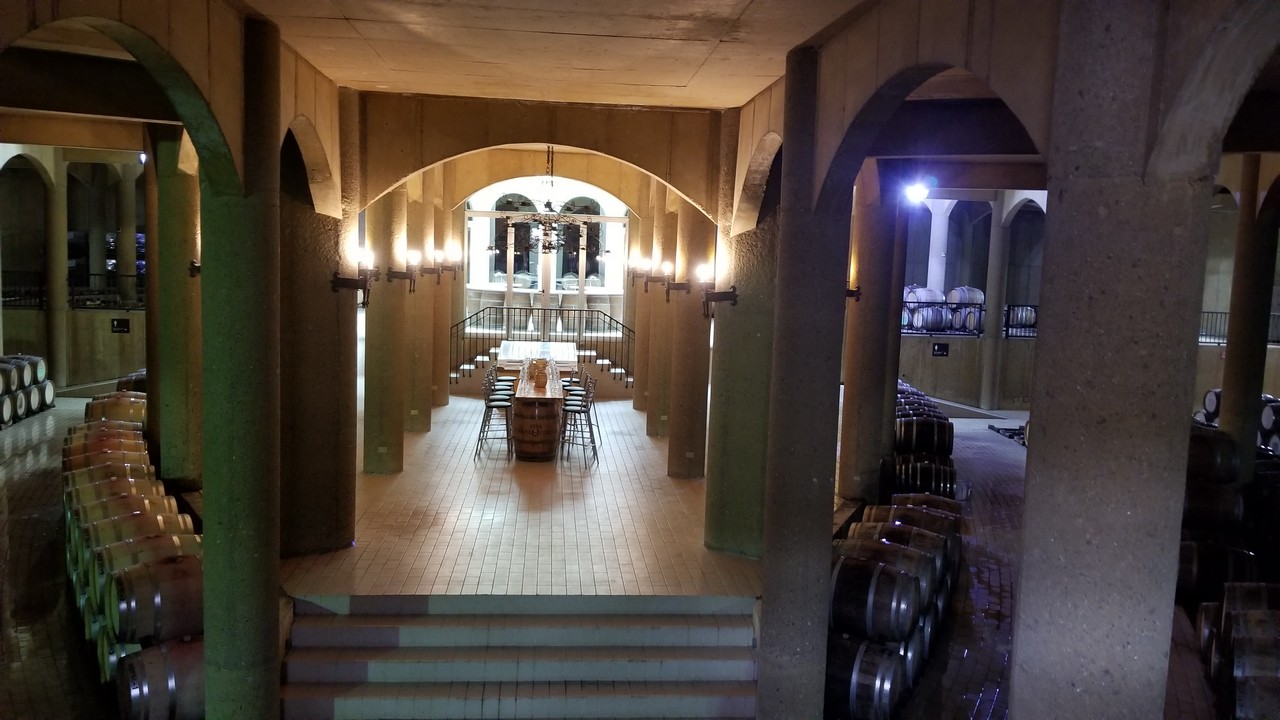
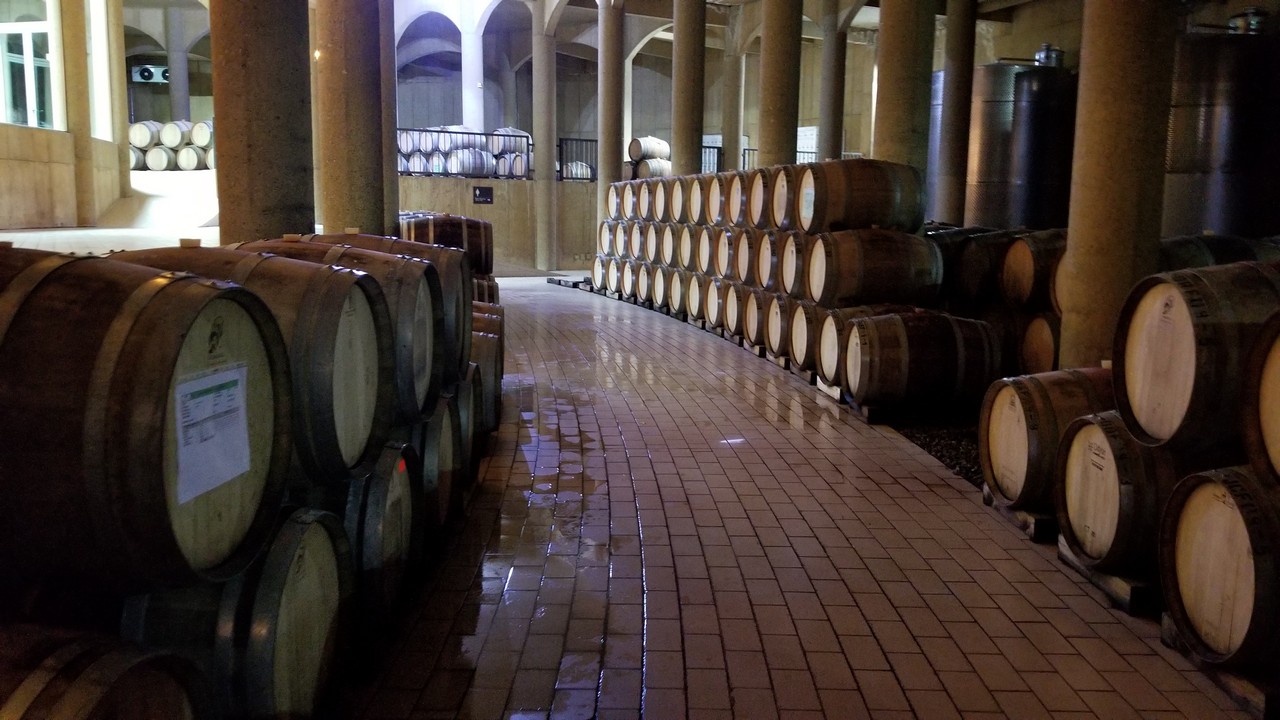
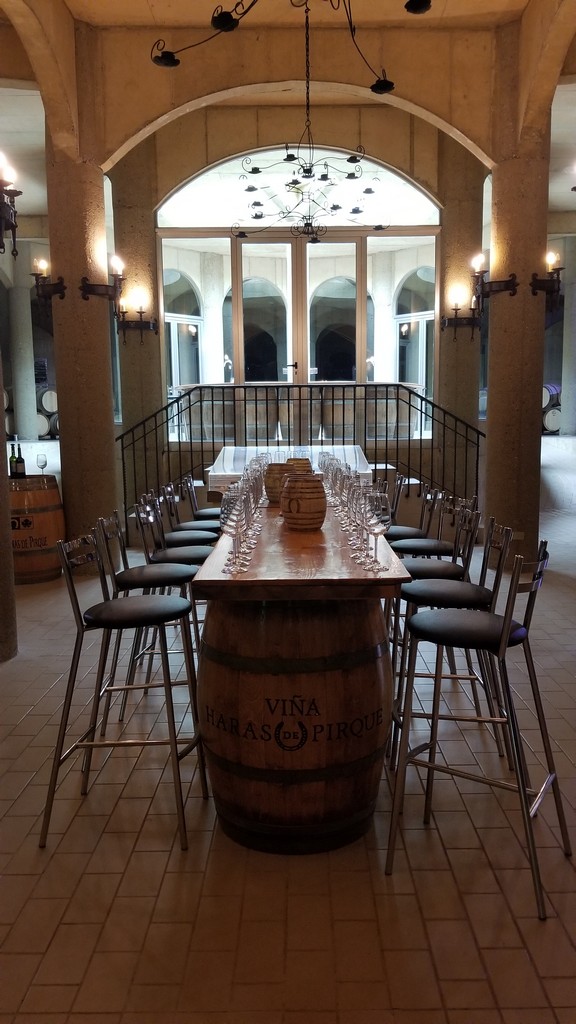
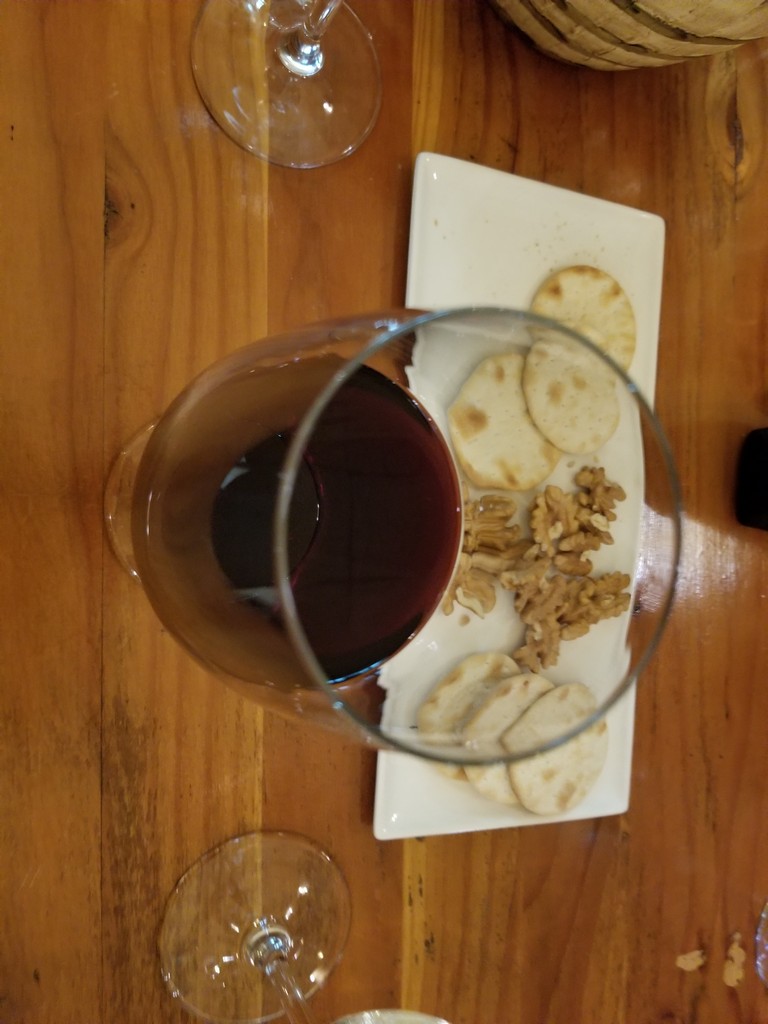
The most interesting fact that I learned on this tour is that Chileans do not drink that much wine. Most of it is for export.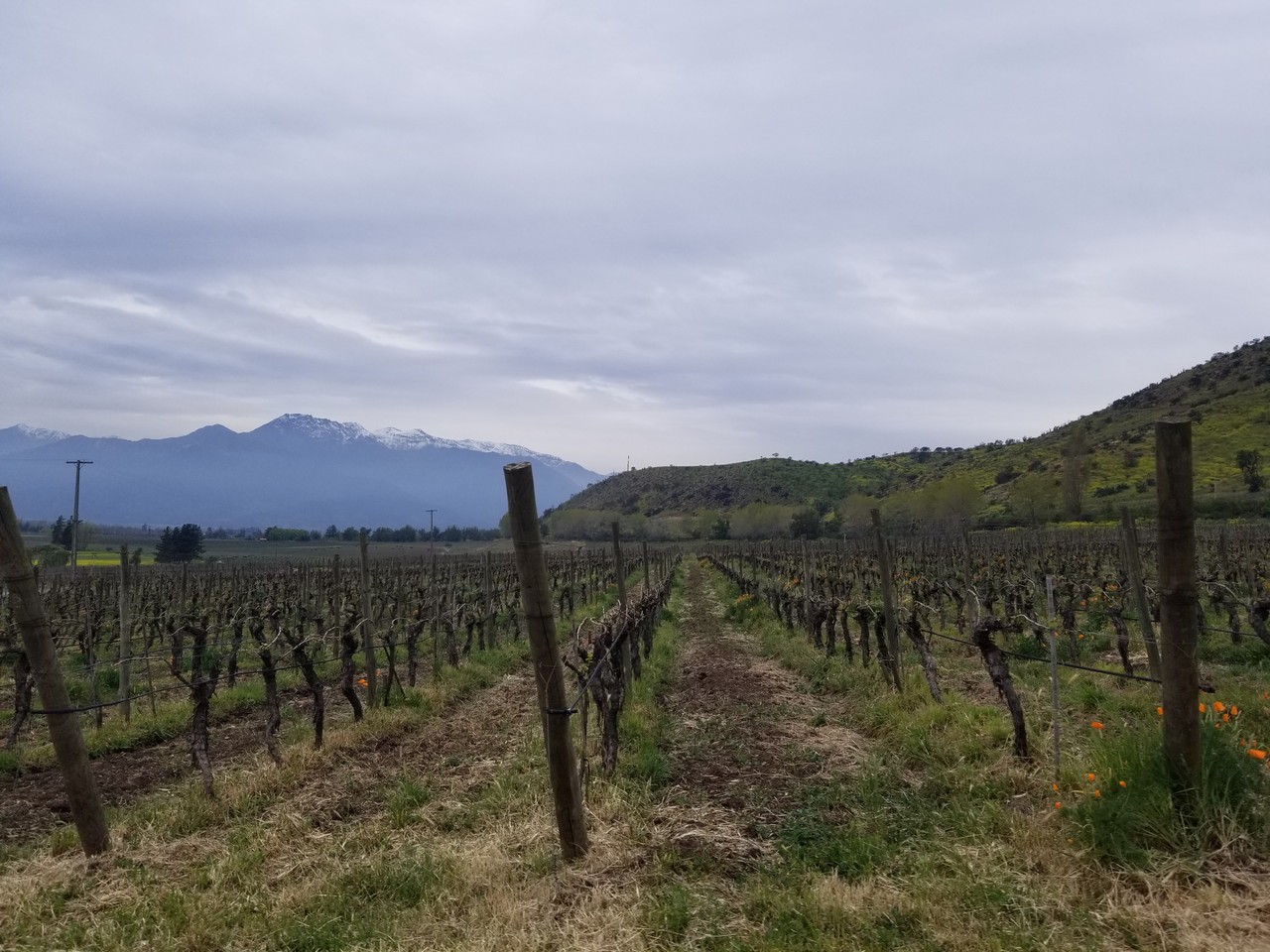
The next part of the adventure was to head to Colchagua Valley, home to the best carmenere in the world.
